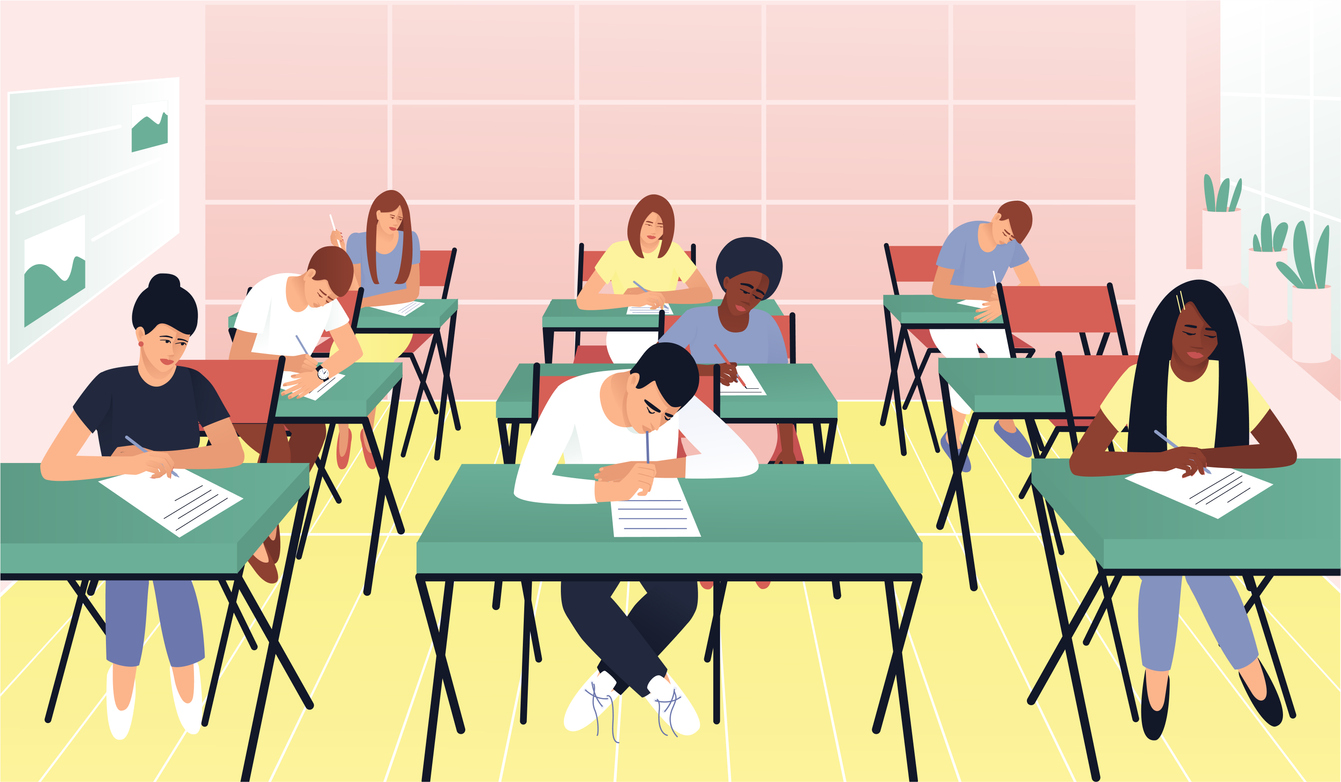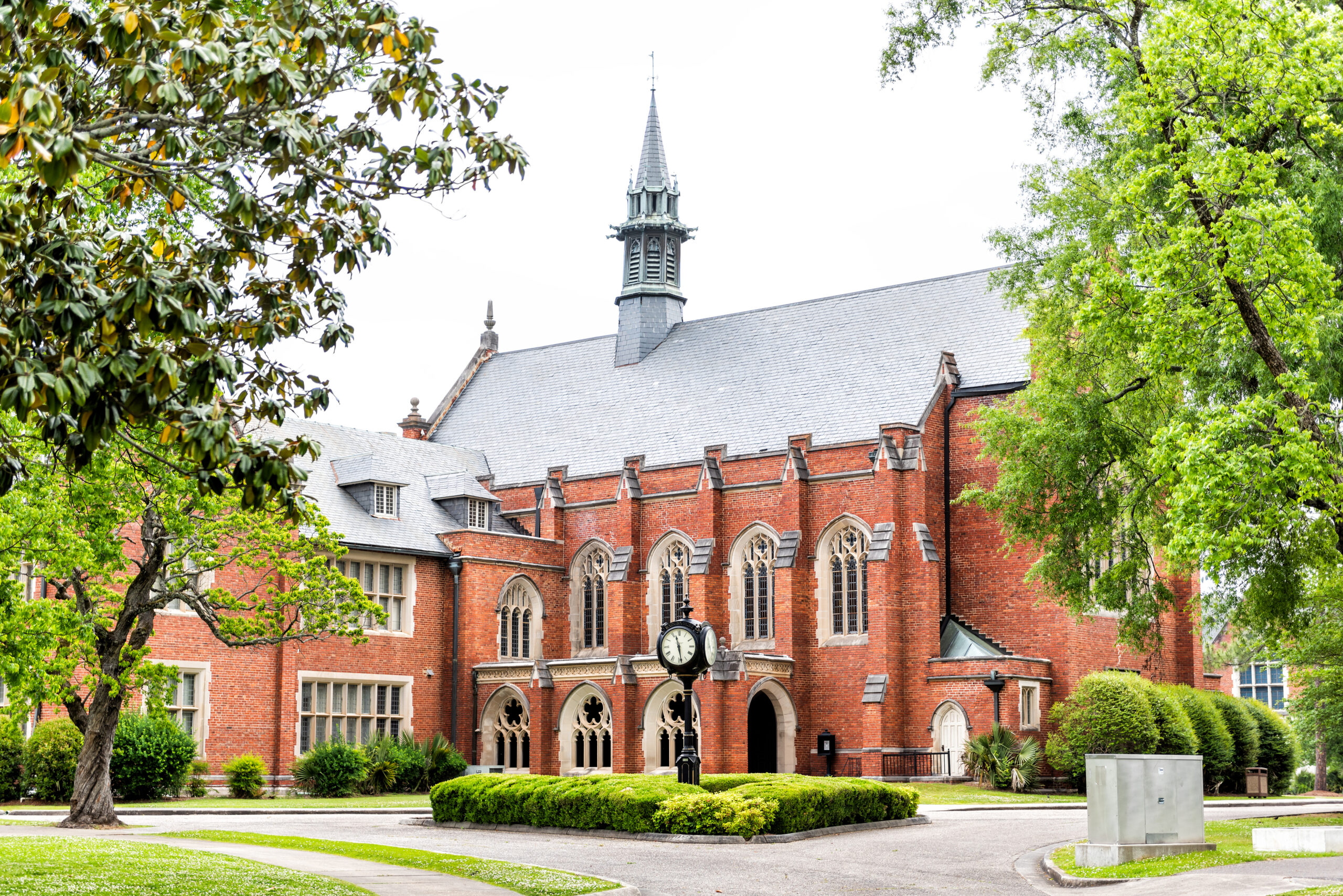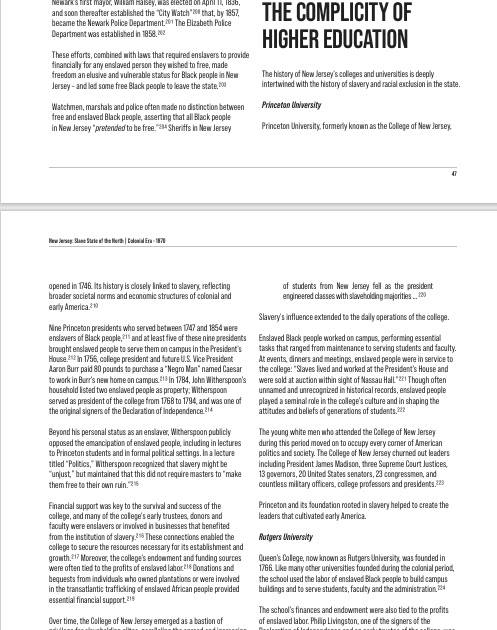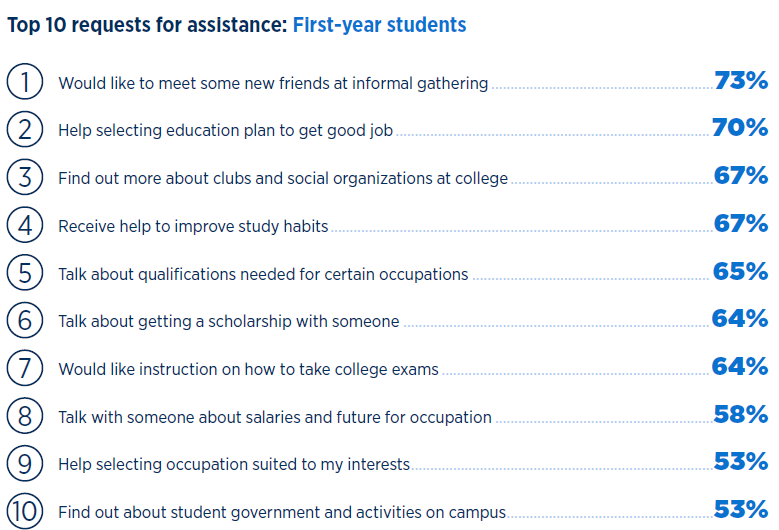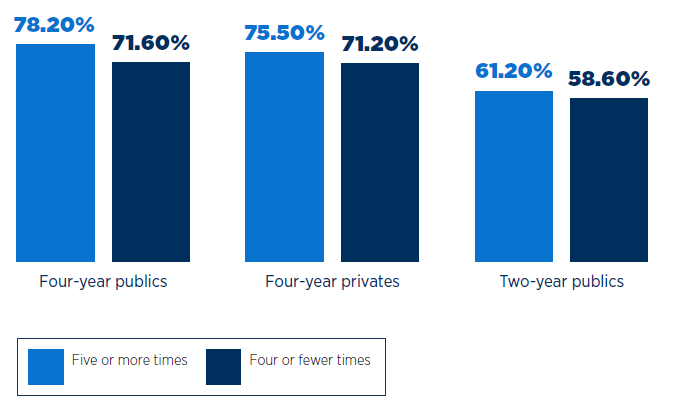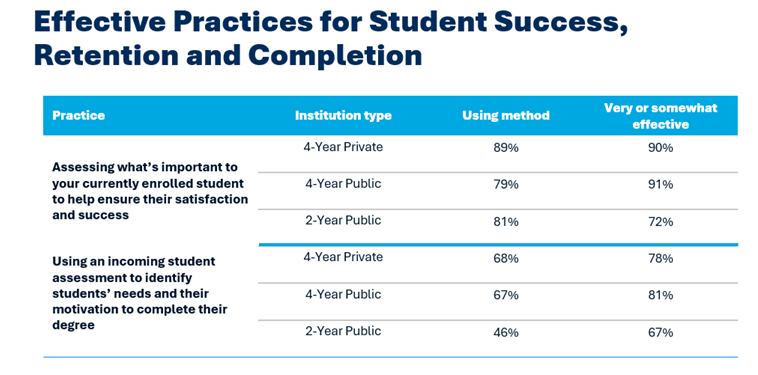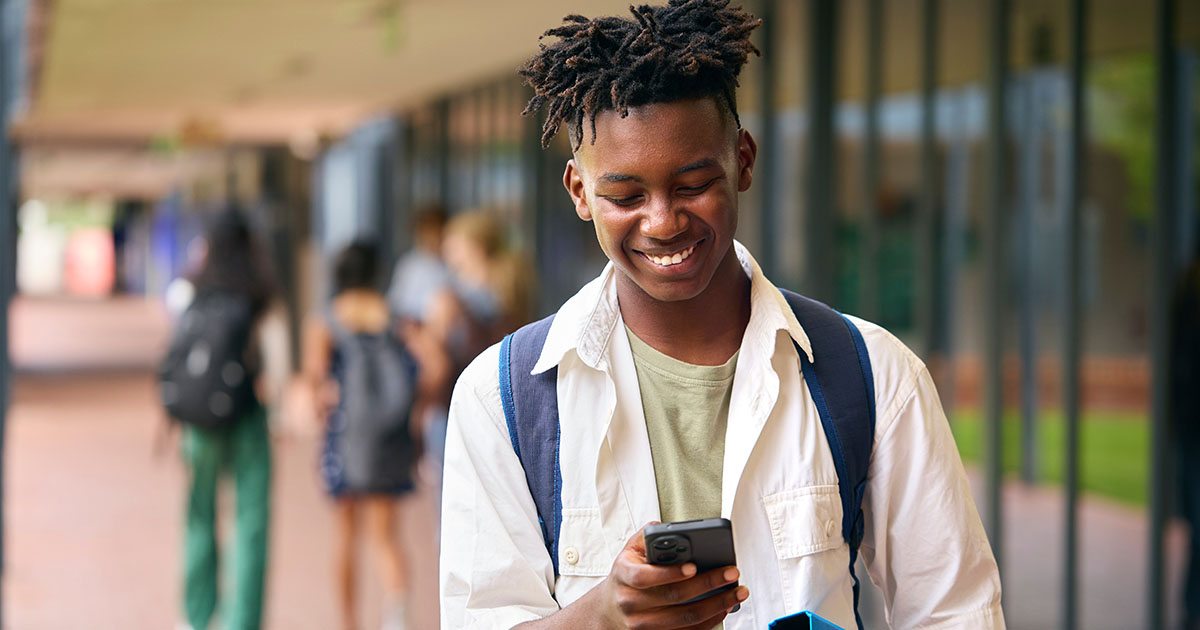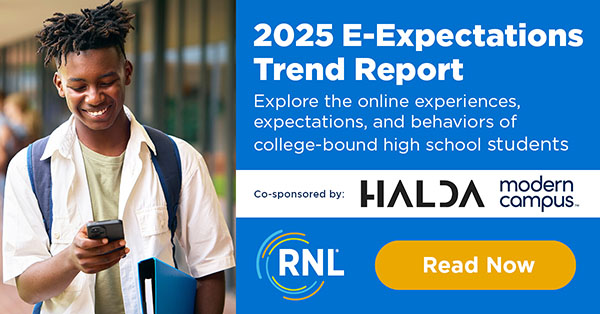Every culture and society have distinct nuances and unspoken, unwritten values, norms and beliefs that influence behaviour, expectations, and life experiences. These evolving dynamics can also influence learning experiences.
Often referred to as the hidden curriculum, these aspects not only affect the way students experience their learning journey but the lasting impact their university experience has on their lives. It is vital, therefore, that anyone working in the sector is aware of these factors as they may impact both the curriculum, and the unintended values and perspectives communicated through the way the staff interact with students.
Educators should not only be aware of the dominant institutional culture but should actively encourage an inclusive learning community that values and embraces the diverse backgrounds and experiences of students and faculty. Drawing students’ attention to these often-overlooked factors can empower them to navigate academic and professional spaces more effectively, helping them reach their full potential.
The hidden curriculum has been shown to play a significant role in fostering moral values, professionalism and humanism in fields like medicine, management and the arts. But we also know that when it’s not implemented carefully, the hidden curriculum can reflect the interests of dominant groups; reinforcing privilege while disadvantaging others, such as those from working-class and marginalised communities. Therefore, we also need to openly analyse and critique the hidden curriculum, by identifying any political implications of specific pedagogic approaches.
When people are not aware of these unspoken values and expectations, they may feel excluded or marginalised, negatively impacting their sense of belonging and therefore their willingness to engage or ability to succeed. We therefore have an obligation to not only teach the hidden, cultural norms themselves, but also foster a critical awareness of them. Encouraging students to adapt while remaining true to their own identities, resulting in an authentic experience for all students, including those with different learning needs – such as neurodivergent individuals – as well as people from different backgrounds or cultures.
We know that a truly internationalised campus requires both institutional initiatives and individual efforts to foster intercultural understanding and collaboration, empowering students and staff to drive change together. But putting this into practice can be tough. As a result, efforts to widen participation have often led to social and academic exclusion, as systems struggle to adapt.
Systematically overcoming the hidden curriculum
Equitable assessments play a key role in overcoming the hidden curriculum. Clear guidance and opportunities to develop assessment literacy helps students to perform to their full potential. For example, if students are to submit a narrated presentation for their assessment, have they had opportunities to learn the required skills and to submit a formative presentation for feedback? Scaffolding the skills they are required to demonstrate, including writing skills, is imperative to student confidence and therefore submission and overall success.
Work placements should also accommodate students’ diverse backgrounds, ensuring inclusivity in workplace culture and expectations. This may include, for example, transport needs or special equipment; where this is the case, both the university and the employer have a responsibility to meet these needs so the student is able to attend their placement and complete their duties in an equitable way, allowing them to feel part of the team.
There should also be clear guidance on what success means. Staff should be aware of the implicit ways they are communicating the institutions and their own expectations. By emphasising grade attainment, they are potentially sending a message that high grades are valued and that those not achieving these grades are less important and/or valuable than those who are. Students who want to impress their lecturers may feel pressure to perform and feel marginalised when they do not achieve the grades they think are expected. To avoid this, staff should be explicit about how overall educational gain is measured and how students can develop their own map for navigating university life and measuring their own development.
On top of this, bringing hidden knowledge, such as vernacular, or higher education jargon, to the surface through tools like shared, and preferably co-created glossaries will help all students, particularly those new to a field, or who speak English as an additional language, feel more included and engaged.
Curriculum and learning design should also follow an intentional approach to foster belonging and encourage discussions about social inequalities – including why they exist and how to overcome them – making students more aware of the world that exists and their role and influence within it.
Fighting against pressures
Despite many institutions working towards overcoming the constraints of the hidden curriculum, there’s still an incessant problem at play. Universities are increasingly expected to embed numerous agendas into their teaching and learning frameworks: equality, sustainability, employability, decolonisation, accessibility and mental well-being – to name a few.
These competing demands can be overwhelming, particularly when trying to implement all these elements into individual modules. This can – and has – led to inefficiencies, confusion and a disconnect between academic content and broader institutional goals. Essentially, we end up stuck in the same position, or even more behind, as staff grapple with balancing traditional academic teaching with the growing list of institutional and societal changes.
It’s no secret that universities need to rethink how to integrate and prioritise all these different elements when teaching. We know inclusion matters to students, yet universities are having to draw back from a lot of their outreach work due to financial pressures, while at the same time fighting against a world that’s seemingly becoming more hostile toward equality, diversity and inclusion efforts. Universities need to relearn how to be inclusive with these constraints – effectively “doing more with less.”
Some have thought to distribute the elements across modules or offer co-curricular opportunities. Some have tried to enforce better levels of transparency in workload expectations for both staff and students, including better time management. And yet the struggle remains.
The steps to crack inclusivity
Trying to finally crack the code to inclusivity requires both top-down institutional strategies and bottom-up approaches that focus on academic and cultural drivers.
There are a few steps which have been found to help, such as investing in ongoing training and awareness programmes, as they provide sustained, comprehensive training on accessibility and inclusion for all staff. Increased awareness may lead to more critical assessments of institutional practices, but it will not diminish personal commitment. It is in these interpersonal interactions in learning, teaching and academic support that the tacit exclusions of the hidden curriculum can be interrogated and challenged.
But institutional staff need back up in the form of a holistic and inclusive institutional culture that values and prioritises inclusivity at all levels. This can be done by promoting accessibility as a core value, which can help the institution remain resilient during times of change or external challenges, and by emphasising inclusivity as a shared responsibility across all departments and roles.
Universities should also strengthen institutional support structures by ensuring staff know who to contact for accessibility issues and can trust institutional processes to provide timely and effective support. It’s important to clarify roles, responsibilities and procedures and develop clear documentation and accessible guidance related to accessibility to reduce confusion and improve responsiveness. It’s also important to avoid narrowly targeted interventions that might neglect or disadvantage certain academics. Sufficient budget and resources should also be allocated to sustain inclusivity initiatives.
As Knight and de Wit argue: “Economic and political rationales are increasingly the key drivers for national policies related to the internationalisation of higher education, while academic and social/cultural motivations are not increasing in importance at the same rate.”
Assessing and adapting inclusive practices in light of the changing external environment is key. Tools like cross-sectional surveys can track staff perceptions of accessibility and inclusion over time. This will help universities to monitor changes in staff confidence, attitudes and knowledge, and address areas of concern through targeted interventions. Universities should always engage with diverse voices, to inform and improve practices, while recognising and addressing external factors, such as legislative changes or global events, which may impact staff confidence and inclusivity efforts.

